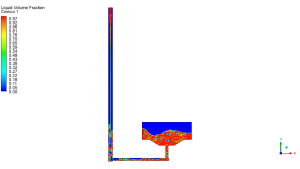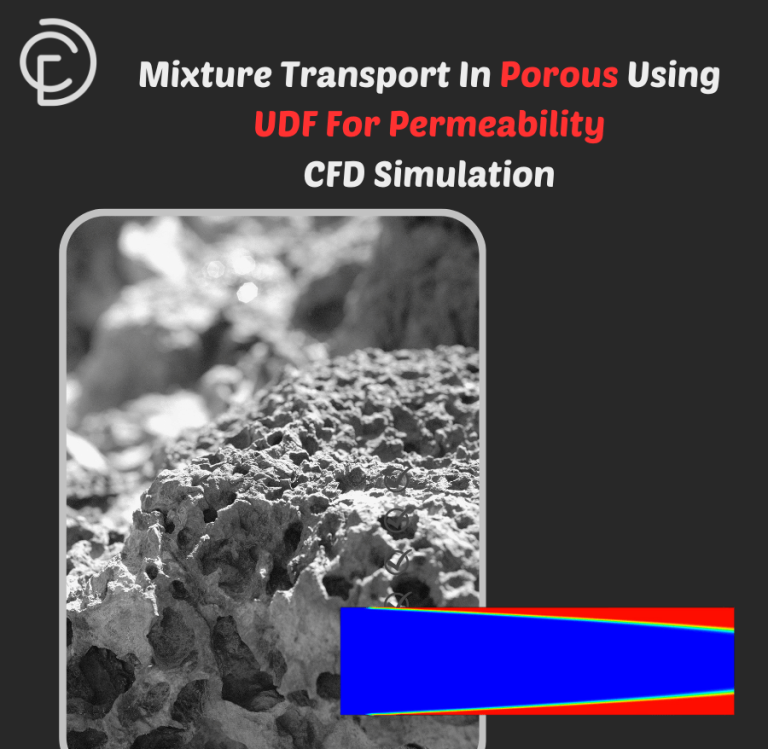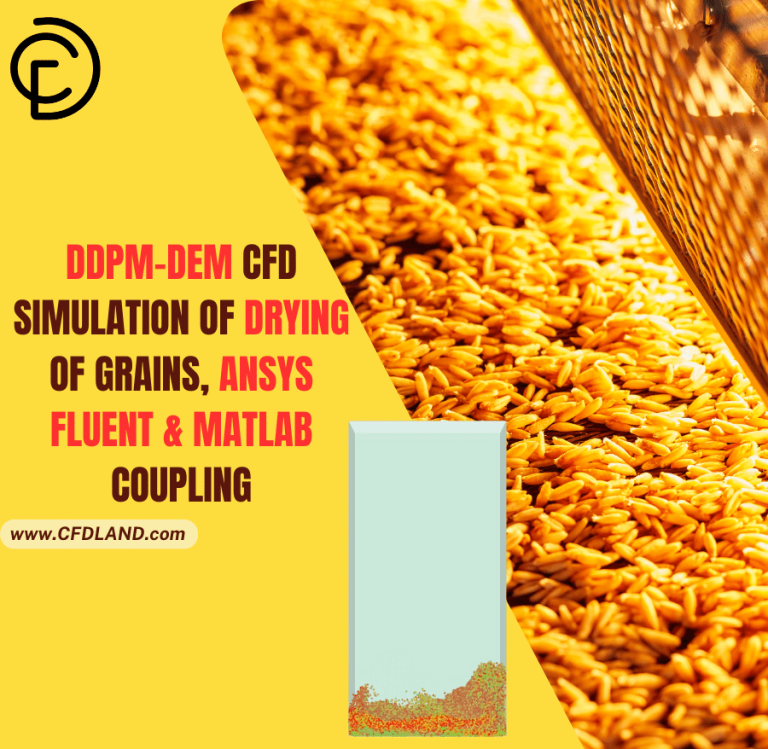Mold Filling (Teeming Process) CFD Simulation, ANSYS Fluent Training
Mold Filling (Teeming Process) CFD Simulation, ANSYS Fluent Training
- Upon ordering this product, you will be provided with a geometry file, a mesh file, and an in-depth Training Video that offers a step-by-step training on the simulation process.
- For any more inquiries regarding the product, please do not hesitate to reach out to us at info@CFDLAND.com or through our online support assistant.
€155.00 Original price was: €155.00.€99.00Current price is: €99.00.
Mold filling is a super important step in making strong metal parts in factories around the world! First of all, during the teeming process, hot liquid metal flows into special containers where it cools and hardens into steel ingots. Additionally, engineers use CFD simulations to see how the molten steel moves during filling, which helps prevent bubbles and weak spots that could ruin the final product. Most importantly, the uphill teeming method controls how fast and smooth the metal flows, which directly affects product quality and strength. Furthermore, these computer models help match real-world metal casting results, giving manufacturers confidence that their manufacturing process will create perfect parts every time. Understanding exactly how fluid flow happens inside molds helps engineers design better systems that save money and reduce waste!. By the way, this study is conducted, relying on the reference paper titled “ Mathematical Modeling of Initial Filling Moment of Uphill Teeming Process Considering a Trumpet”.
- Reference [1]: Tan, Zhe, Mikael Ersson, and Pär G. Jönsson. “Mathematical modeling of initial filling moment of uphill teeming process considering a trumpet.” ISIJ international9 (2011): 1461-1467.
Figure 1: Different parts of the uphill teeming system, taken from the reference paper
Simulation Process
The base model given in the reference paper has several parts, including trumpet, mold, and runner. As a preliminary work, it was divided into separate parts in ANSYS Design Modeler to generate a structured grid further. 84198 quadrilateral cells fill the domain produced by ANSYS Meshing. It goes without saying that the molding process has to be scrutinized over time, so this simulation follows transient (unsteady) formulation. The interaction between two phases (air & molten steel) plays a prominent role in the molding process (teeming). This is solved using the volume of fluid (VOF) multiphase model.
Post-processing
The mold filling picture shows how hot metal flows through pipes into a mold like water filling a bathtub! First of all, we can see that the molten steel doesn’t just smoothly fill the mold but creates swirls and splashes as it goes. Additionally, this teeming process has areas where liquid fills almost 97% of the space, while other spots have almost no liquid at all. Most importantly, the flow patterns show exactly how metal moves through the system – rushing up the vertical pipe, making a sharp turn in the horizontal runner, and then bubbling up into the trumpet design. Furthermore, our simulation used 84,198 cells to track every drop of metal as it moved! The way the liquid jumps and splashes matters because it can create air bubbles or dirt spots in the final metal piece.
Figure 2: Liquid volume fraction distribution in an uphill teeming
The uphill teeming helps keep dirt from getting into the final metal product, like straining pasta to keep the water separate! First of all, when the molten steel turns the corner from vertical to horizontal runner, it creates the most mixed-up, splashy area, which engineers call turbulent behavior. Additionally, this corner is where the pipes might wear out fastest because the hot metal rubs against the walls with most force. Most importantly, at the spot where metal enters the mold (the trumpet), we can see a wavy pattern with different mixtures of metal and air that affects how smooth the final product will be. Furthermore, this match between our computer model and real-world metal pouring proves that engineers can use these simulations to design better molds without wasting expensive materials on tests! The flow patterns in the mold help predict if the final metal piece will have good surface quality or will need extra finishing work.
We pride ourselves on presenting unique products at CFDLAND. We stand out for our scientific rigor and validity. Our products are not based on guesswork or theoretical assumptions like many others. Instead, most of our products are validated using experimental or numerical data from valued scientific journals. Even if direct validation isn’t possible, we build our models and assumptions on the latest research, typically using reference articles to approximate reality.
Yes, we’ll be here . If you have trouble loading files, having technical problems, or have any questions about how to use our products, our technical support team is here to help.
You can load geometry and mesh files, as well as case and data files, using any version of ANSYS Fluent.
€155.00 Original price was: €155.00.€135.00Current price is: €135.00.

€220.00 Original price was: €220.00.€125.00Current price is: €125.00.

€145.00 Original price was: €145.00.€115.00Current price is: €115.00.

€190.00 Original price was: €190.00.€165.00Current price is: €165.00.

€360.00 Original price was: €360.00.€185.00Current price is: €185.00.

€245.00 Original price was: €245.00.€199.00Current price is: €199.00.




















Reviews
There are no reviews yet.